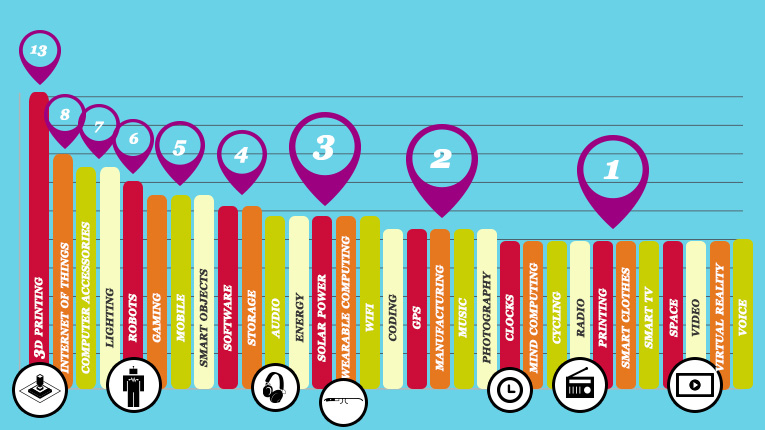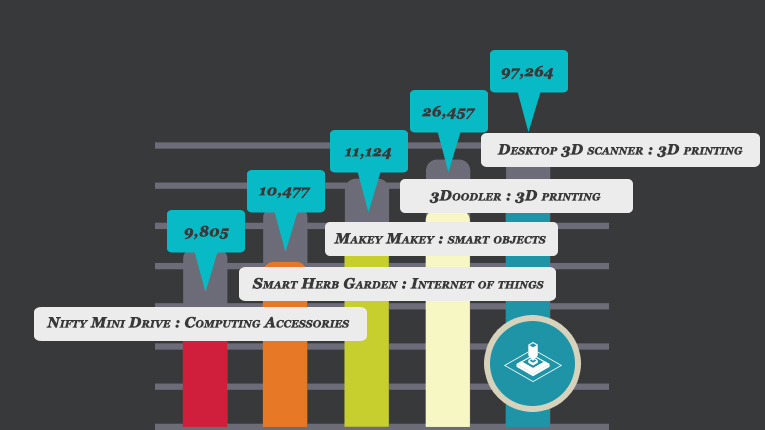November 7, 2013
All enterprises naturally desire and intend to be masters of their destiny, which implies not only survival but having an enduring and positive impact within their ecosystem of operation. In addition to delivering value to their targeted constituents, while that certainly constitutes making a positive impact, enterprises also want to grow, generating surpluses for their stakeholders and as insurance against being displaced by competition.
Disruptive innovation is a popular idea in business, and to me it connotes the ability to reconstruct a system anchored around one’s preferred value architecture.
While true disruption is a matter of fundamental reconfiguration around a new paradigm, for the sake of this discussion, we can also think in terms of relative impact – a significant reconfiguration of the ecosystem, even if partial could be considered disruptive.
Disrupters may or may not be incumbents, but to obtain that degree of power or influence is clearly an indicator of being in control of one’s destiny. In that sense, an enterprise would want to achieve a strategic innovation capability that would allow it to master its ecosystem and disrupt it for proactive leadership.
How one acquires such a capability is what this post is about.
Taking on a system and radically shifting its center-of-gravity or reconfiguring it around a new paradigm is non-trivial and therefore building such a capability is not something one can expect to accomplish overnight. However, in order to be a master of one’s destiny, one has to develop such a capability to the extent possible.
The roadmap I propose takes an enterprise through five stages, not necessarily to be interpreted as sequential, but as indicators of a progressive increase in capability and maturity.
Built into the idea of this road map is the notion of three horizons – a short and immediate horizon, a medium term horizon and a longer-term one. The length of the horizons depend on industry and context, but about 3-5 years for Horizon One, 5-10 years for Horizon Two and anything longer than ten years for Horizon Three would be good rules of thumb.
The stages I describe below follow the convenient acronym – BUILD which stands for:
Baseline – Uncover and Understand – Increment – Leapfrog – Disrupt
Increment, Leapfrog and Disrupt correspond respectively to Horizons One, Two and Three above. I do not think of them as sequential, but as together constituting a portfolio of interlinked initiatives, simultaneously undertaken, almost on a rolling basis. As the enterprise matures in its ability to enact significant systemic changes, what constitutes incremental innovation or leapfrog might also change.
Implied also is an overall framework that undergirds the roadmap, a framework for building an innovation ecosystem that learns throughout the process.
Baseline:
One of the first steps in this journey is to develop a very sound and detailed understanding of one’s system. The purpose of this step is to develop a wide and shared understanding of the extended system that is the enterprise. As I have discussed in other posts, the overall system at a high-level comprises of many entities such as:
– The Value Creating System, which includes the Enterprise as a co-producer of value. Baseline models would include business models in their extended form.
– The Value Receiving System, of which the enterprise is also a part, in its role as a co-producer but is primarily constituted of the clients or the receivers of direct value ,
– The internal context in which the enterprise operates, including its governance, its strategic architecture that describes it mission, vision, and key stakeholders
– The external context including its industry, the competition, regulatory bodies etc. and,
– Any other external entities that might have a bearing on its ability to realize its purpose.
Uncover and Understand:
The roadmap to developing the ability to disrupt substantially relies on a deep understanding of the underlying assumptions and beliefs that inform the design of the enterprise. What the baseline describes is one realization or manifestation of these assumptions.
The continual questioning of these assumptions at their deepest levels are the true source for expanding and broadening the potential spaces for innovation, some of which could lead to disruption.
This therefore is a crucial stage in the evolution of the enterprise. The purpose is to build shared models and expose the under-structure of the enterprise, so that it can serve as a reference for analyzing impact of changing contexts and emerging opportunities.
All the subsequent stages described here below, are first attempts to broaden this space and identify in it locations for creating innovative value. Every dimension of this space is a possible vector for exploring innovation.
While, I refer to it here as a stage in the road map, in reality, an enterprise constantly endeavors to expand this space adding new dimensions to its definition and by stretching its boundaries.
Increment:
This stage also corresponds to what I termed earlier as Horizon One. While the enterprise certainly must keep an eye on the long-term, exploiting opportunities on hand in the short-term provide a foundation on which more complex capabilities are built.
These short-term opportunities provide valuable learning experiences and returns. However, they may not necessarily contribute directly to a future disruption.
Leapfrog:
The idea of Horizons implies the ability to look towards the future. While Horizon Three opportunities are not completely certain, there are many opportunities that can be considered emerging at any point of time. These are opportunities that show early promise and the enterprise must develop the ability to identify such avenues and exploit them to early advantage.
While such innovations might not be considered disruptive, they can become a source of distinctive competitive advantage and allow an enterprise to leapfrog the competition.
Disrupt:
Some of the literature on disruptive innovation illustrates how under certain conditions, new ideas can penetrate an ecosystem, ‘under the radar’ in a manner of speaking, and eventually lead to disruption.
While that is certainly true and possible, the approach I describe is based on developing the ability to disrupt by design. Intentional disruption is founded in a mastery of the dynamics of the system, a deep understanding of its mechanics and leverage points. Systems of our interest are often socio-technical, and fundamentally human. It is that multi-textured insight and knowledge that allows an enterprise to expand its innovation space and shape the configuration of value.
In Closing:
There are many systems in our world that are dysfunctional and good candidates for systemic innovation and disruption. In a separate post, I will review recommendations on how one might successfully undertake such innovation.
It suffices for now to understand that the capabilities that an enterprise has deliberately built through this road map will position it to take on such a challenge.


